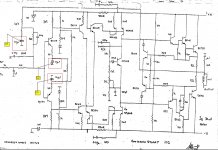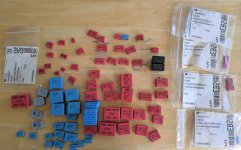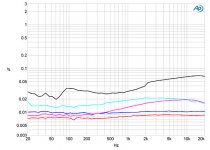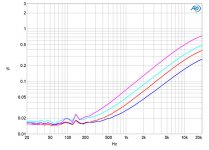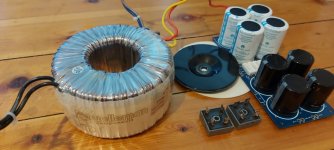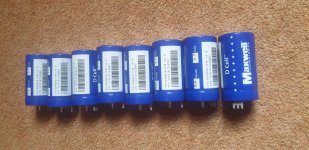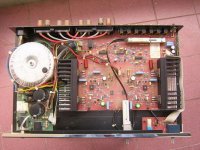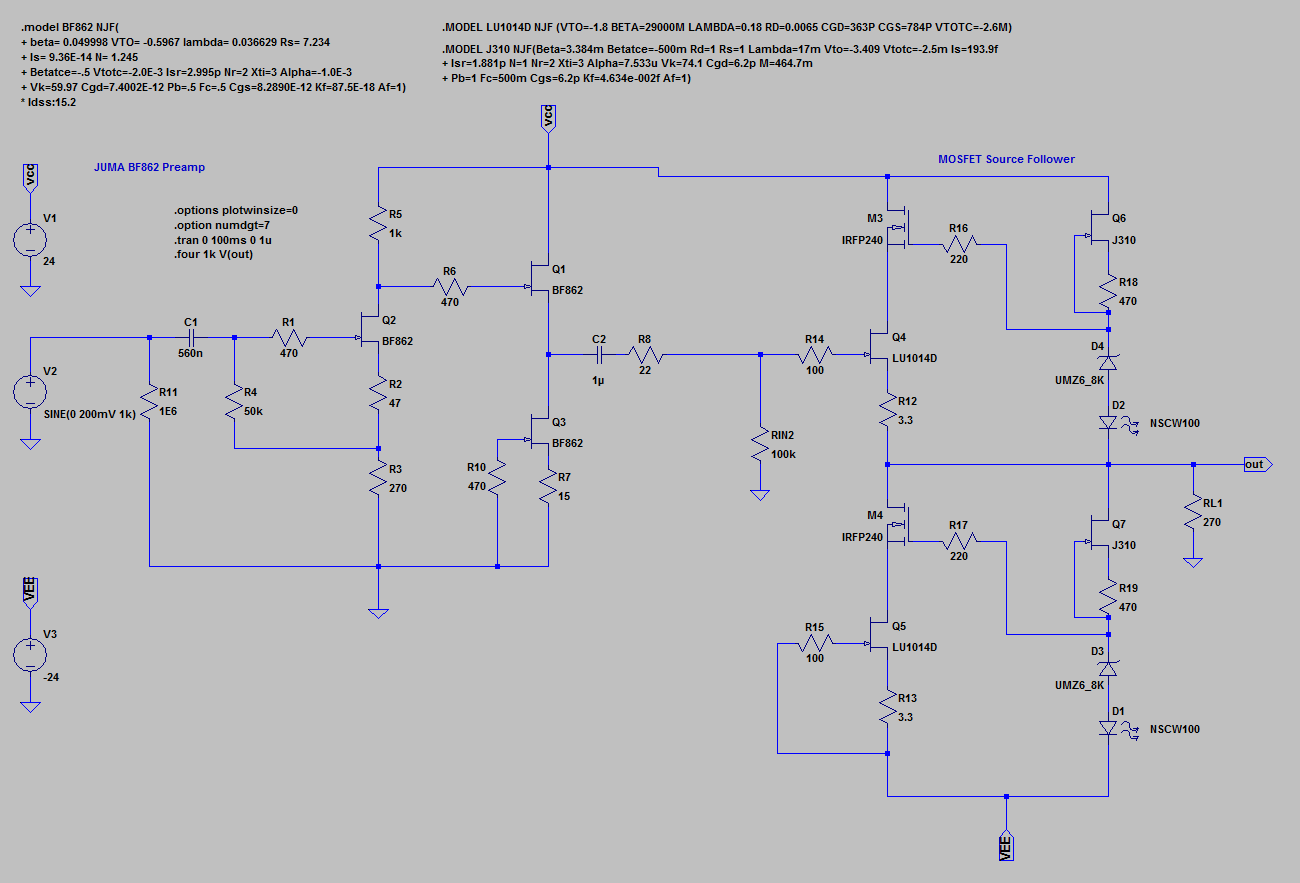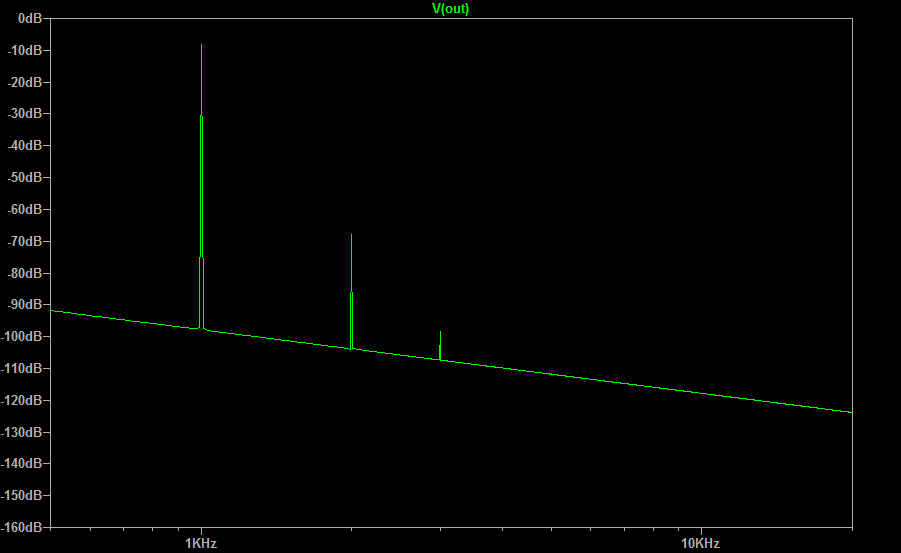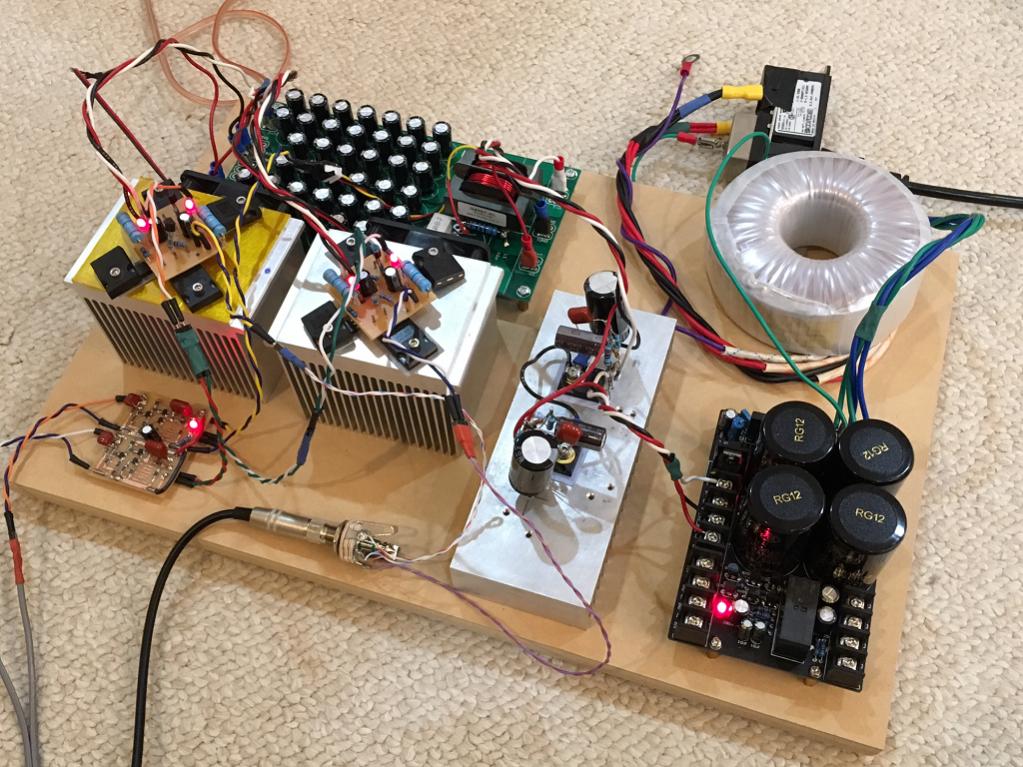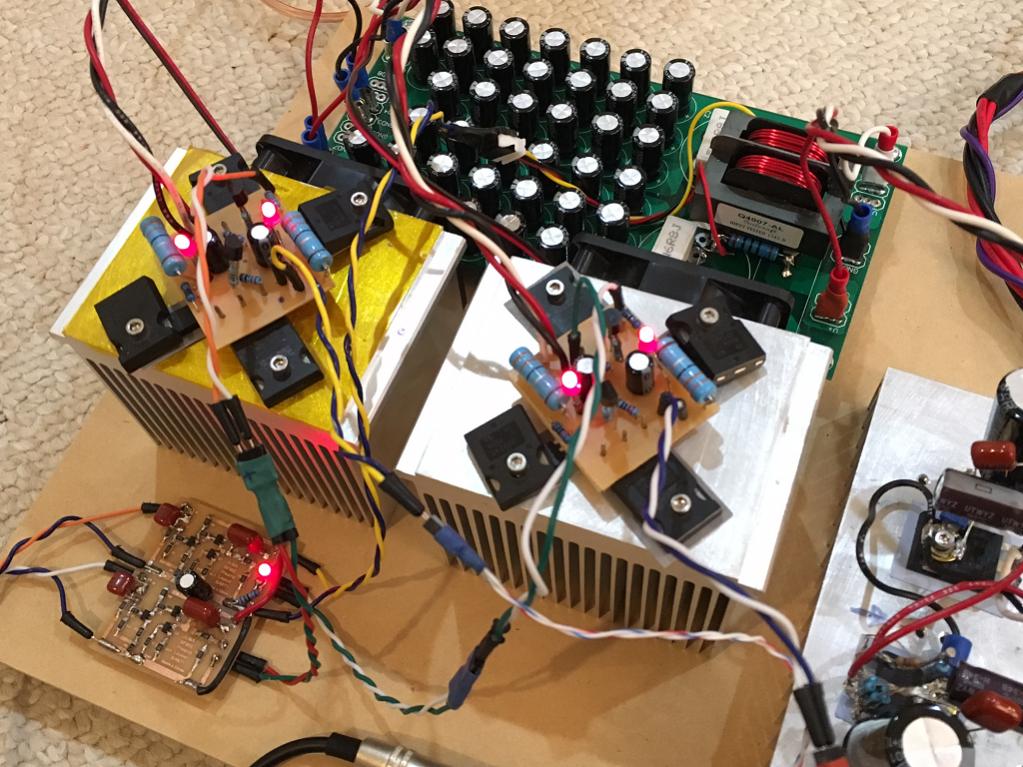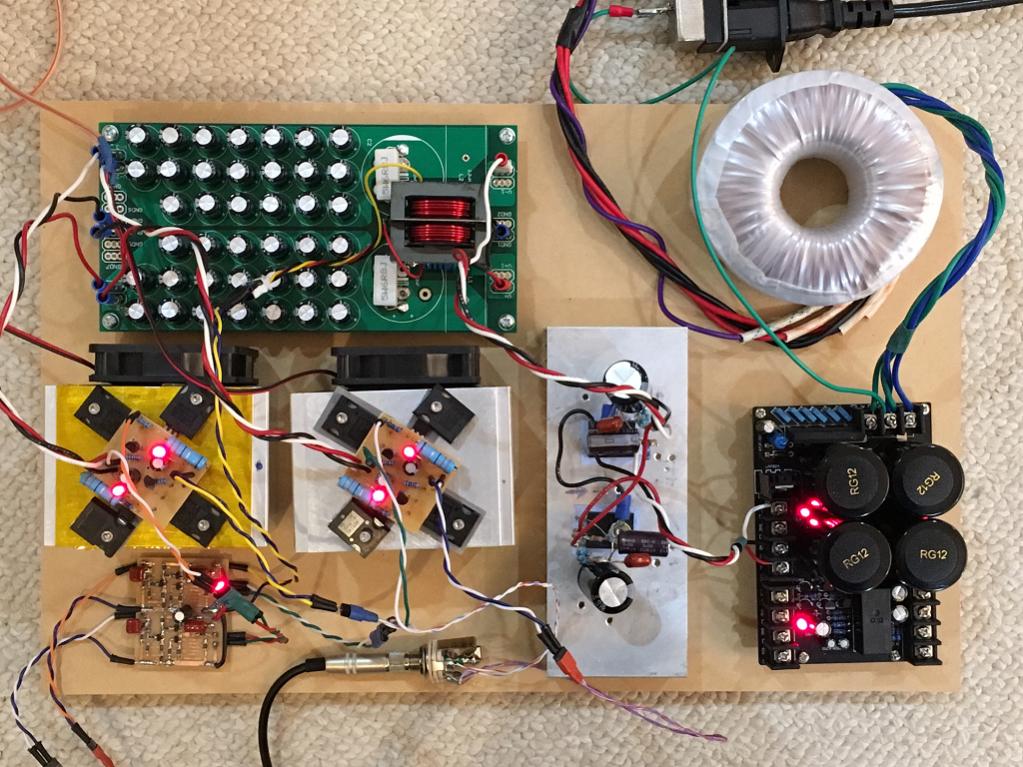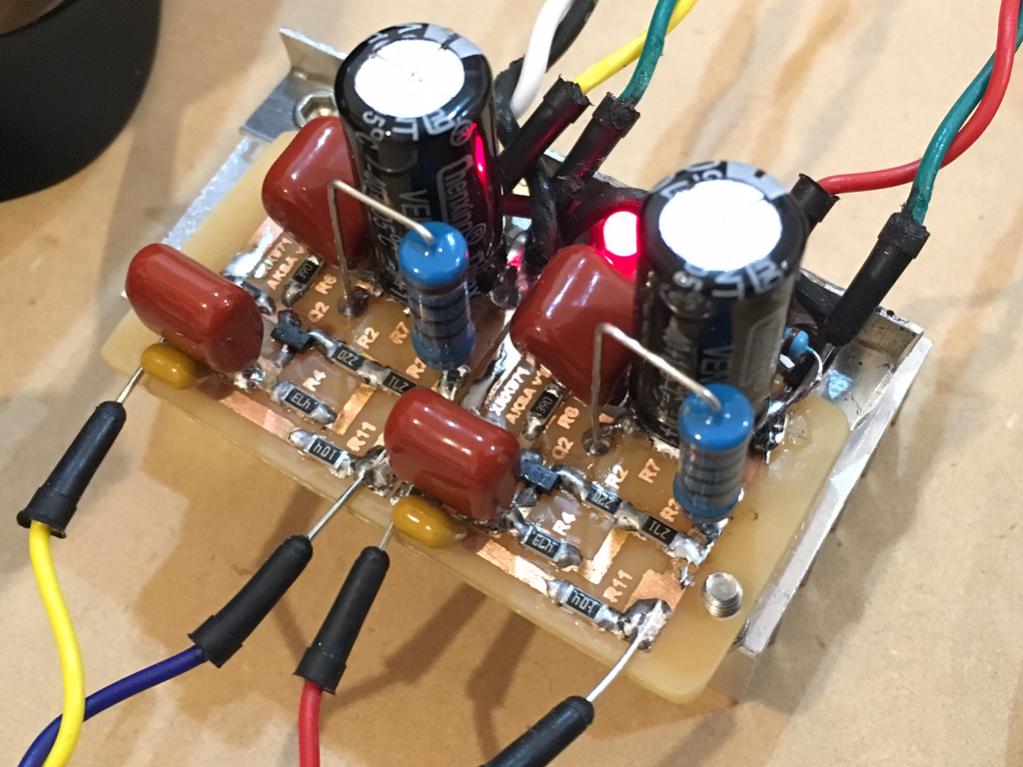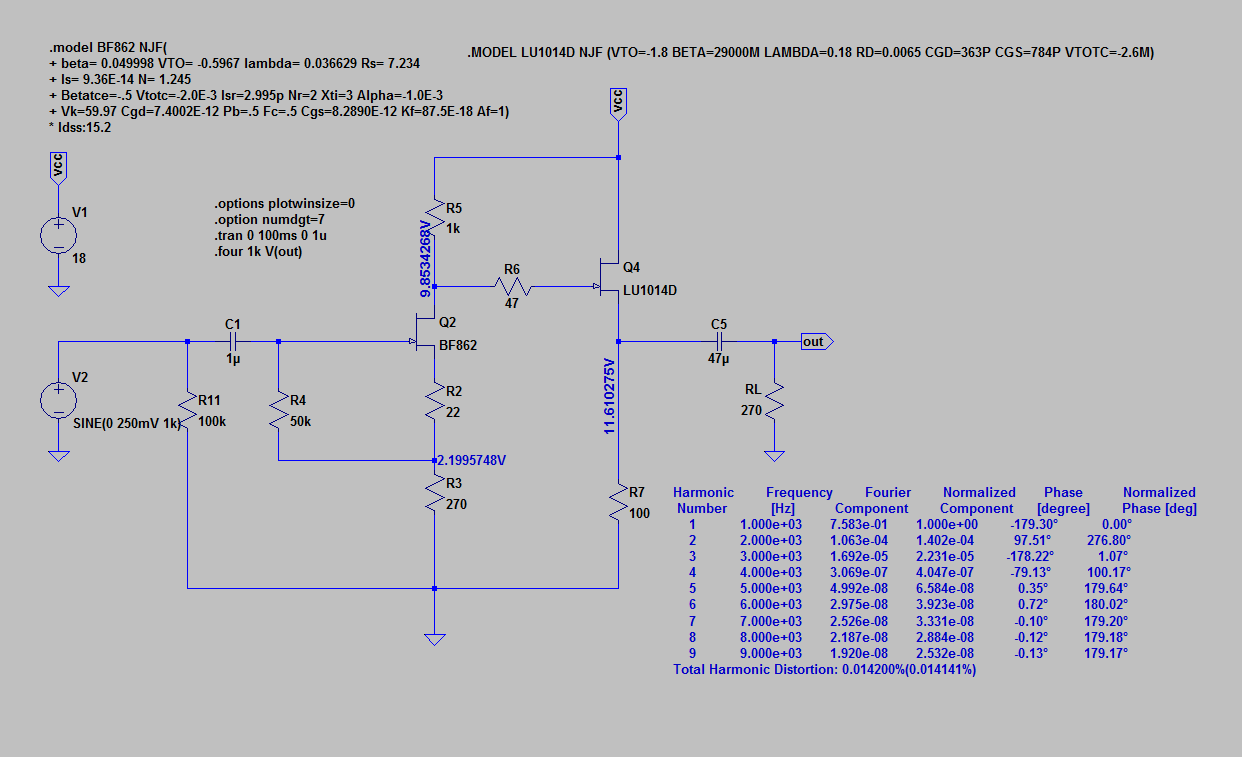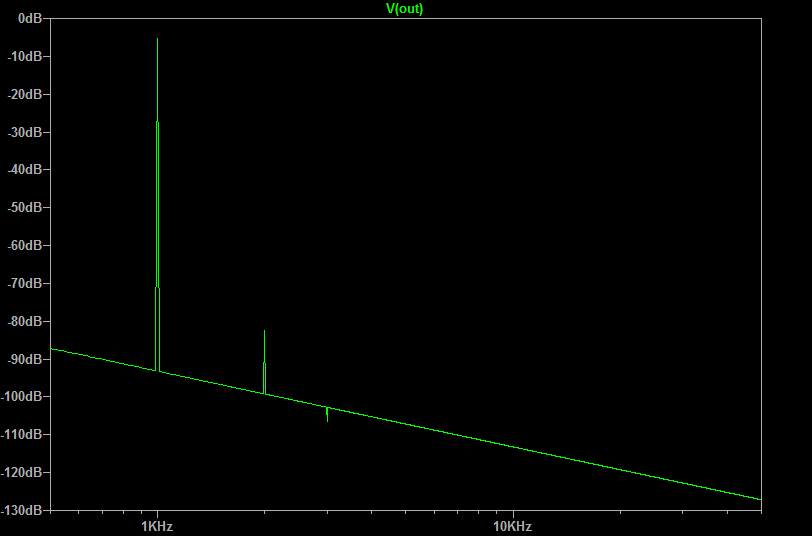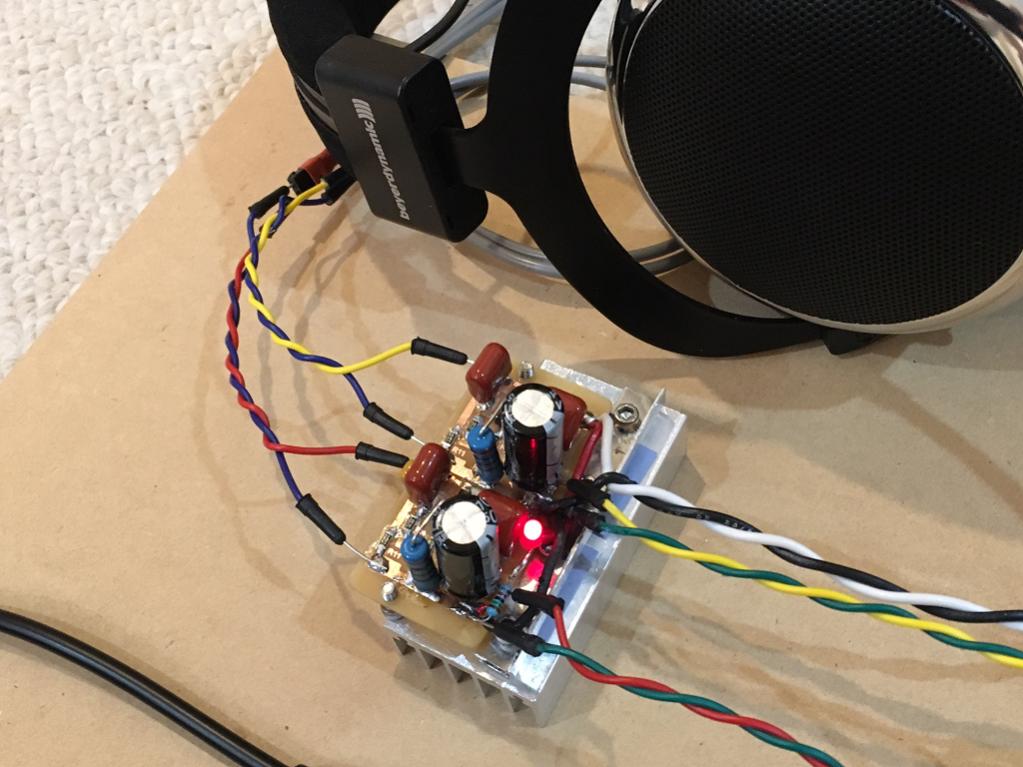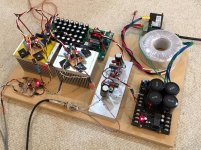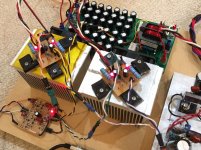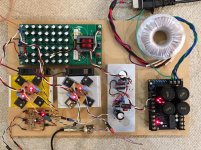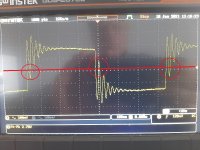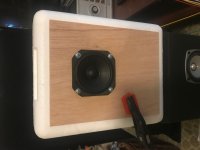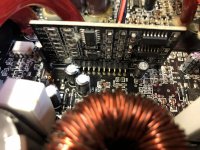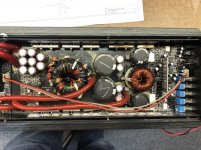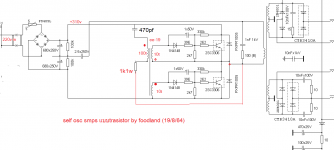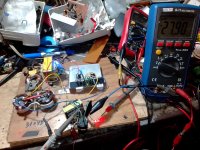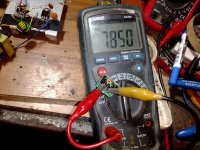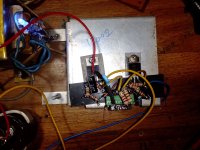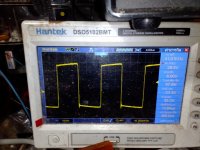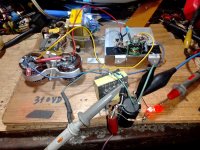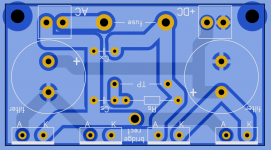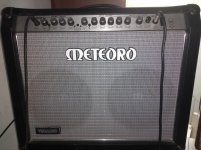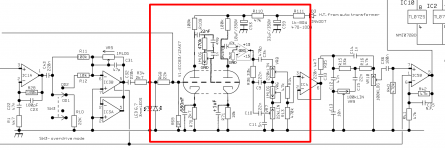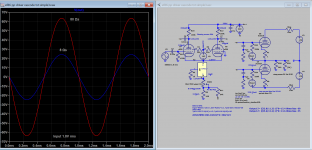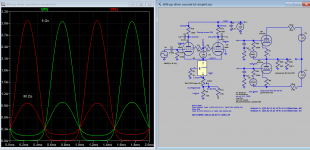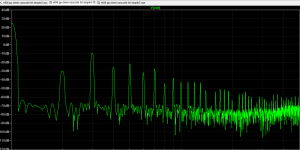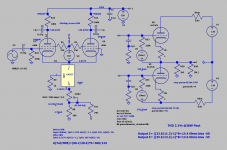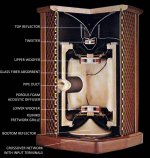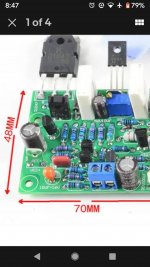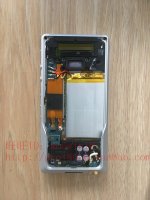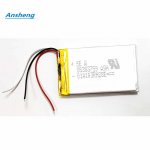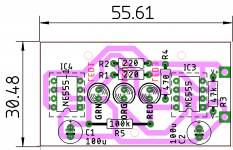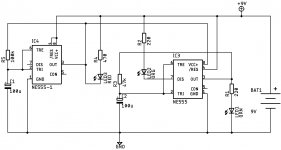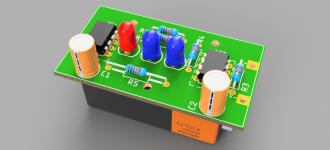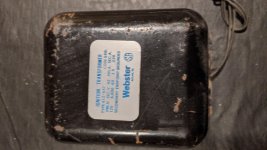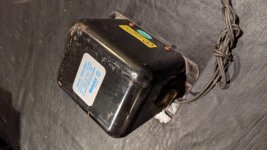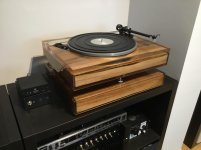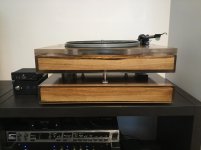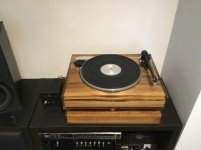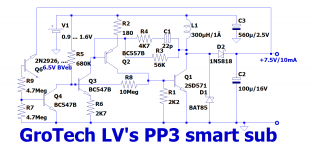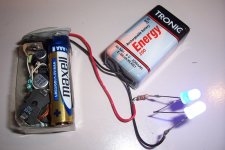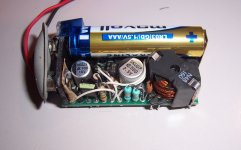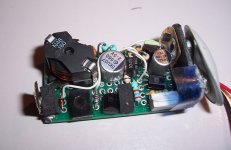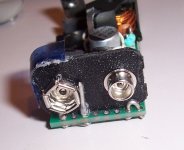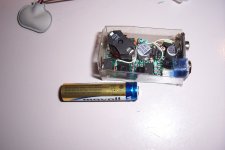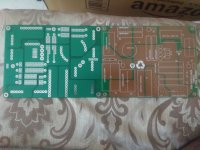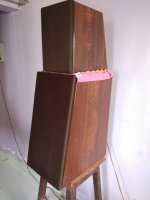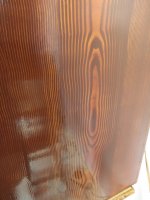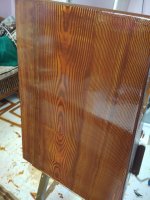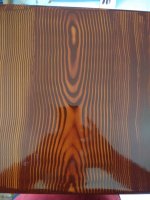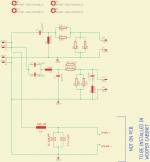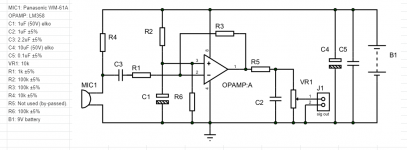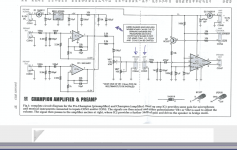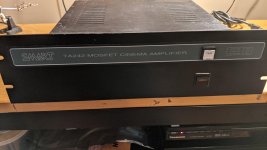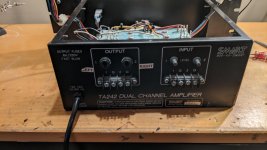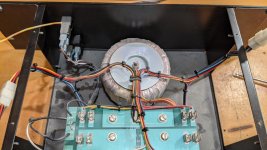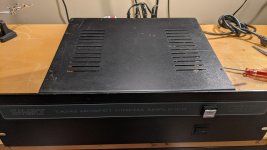A few years ago, you could find any usual type of battery almost anywhere: news agents, sweets shops, grocery stores and even Ikea.
Nowadays, they still store batteries, but in two flavors only: AA and AAA.
OK, they are cheap and reasonably good, but when you need something else, like a PP3, what do you do ?
This problem has been exacerbated by the pandemia, and at some point, I found myself short of these batteries, to the point I had to swap the good or rechargeable batteries between instruments.
Fortunately, the difficulties have eased, but I have developed a substitute anyway.
My wishlist was rather stringent:
*The sub had to be completely transparent, functionally, electrically and mechanically: it had to replace the PP3 completely and perfectly.
*It had to use a single cell as primary power, to avoid issues of unbalancing and leakage under deep discharge.
*The shelf life of the primary battery should remain unaffected.
*It had to offer a longevity at least equal to the replaced battery.
*It had to be simple, and use only commodity components, no special semi or IC, no custom magnetics.
It was a tall order, maybe a bit too tall: the only cell that can (just) fit into a PP3 volume is the AAA, but an AAA doesn't store the same energy as a PP3.
The project was thus doomed for basic energy density reasons, but I went on anyway, as a reduced capacity sub could still be useful.
Designing a self-oscillating converter is not an easy task, but when it is combined with the other requirements, like the low and variable supply voltage (between 1.6V and 0.9V for a typical alkaline cell), the need to maintain a good efficiency for loads varying from 0 to the max (=an infinite ratio), the minimal complexity and the absence of "fancy" parts, it becomes really difficult.
Here is my take on the subject:
It is a PFM converter, the only scheme practical in this case: it is impossible to afford more switching events than necessary, considering the CV²F losses.
Since the output voltage is regulated, I opted for 7.5V instead of 9V: all of the equipments designed for 9V can operate down to ~7V, and 95% of them have no regulation, or a linear regulator meaning the extra voltage is simply shaved off and wasted.
As the sub is a switcher, the 1.5V gain translates into an apparent 1/6th increase of the capacity: around 16%, not to be scorned at, and compensating partly for the reduced capacity.
The circuit is designed to supply 0 to 10mA, and the EOL voltage of the AAA cell is 0.9V: the official value, a far cry from what most of equipments are capable of. For a 9V battery, it should be 5.4V, but apart from the instruments I have myself designed, I have never seen anything approaching it.
The performances do not seem to shine particularly, but they have to be seen within the requirements context mentioned earlier.
The efficiency with a 7.5mA load and a 1.4V battery voltage (mid-life) is 74%.
The no-load drain current is 25µA (at 1.4V input). It slightly decreases for higher battery voltages, and increases for lower voltages, meaning the quiescent power is ~constant.
The performances (and max output) can be substantially improved by using a ZTX transistor, but I consider them as too fancy for a really universal project (I will publish a ZTX version anyway).
Here are some pics of my build:
This is the shape of a typical cycle, taken at a few mA load:
It basically remains the same for any load, but the repetition rate under no load is 1~2Hz, and ~10kHz at the max load


